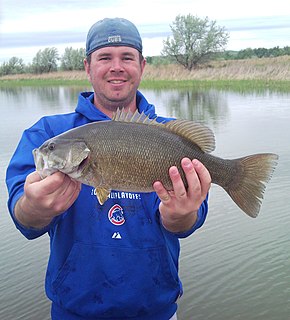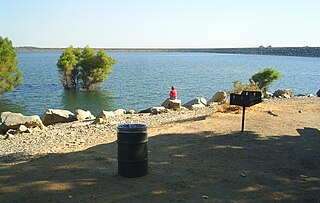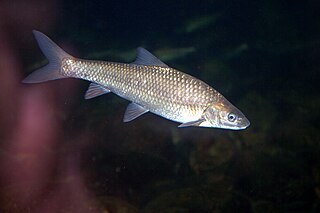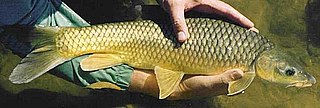| Brandvlei Dam | |
|---|---|
| Official name | Brandvlei Dam |
| Country | South Africa |
| Location | Western Cape |
| Coordinates | 33°42′45″S19°24′57″E / 33.71250°S 19.41583°E Coordinates: 33°42′45″S19°24′57″E / 33.71250°S 19.41583°E |
| Purpose | Irrigation |
| Opening date | 1983 |
| Owner(s) | Department of Water Affairs |
| Dam and spillways | |
| Type of dam | Earth fill dam |
| Impounds | Lower Brandvlei River |
| Reservoir | |
| Creates | Brandvlei Dam Reservoir |
| Total capacity | 303.800.000 m3 |
Brandvlei Dam is an earth-fill type dam on the Lower Brandvlei River in Western Cape, South Africa. It was completed in 1983 and the inlet is the Holsloot river.
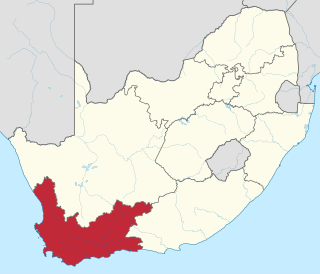
The Western Cape is a province of South Africa, situated on the south-western coast of the country. It is the fourth largest of the nine provinces with an area of 129,449 square kilometres (49,981 sq mi), and the third most populous, with an estimated 6.6 million inhabitants in 2018. About two-thirds of these inhabitants live in the metropolitan area of Cape Town, which is also the provincial capital. The Western Cape was created in 1994 from part of the former Cape Province.

South Africa, officially the Republic of South Africa (RSA), is the southernmost country in Africa. It is bounded to the south by 2,798 kilometres (1,739 mi) of coastline of Southern Africa stretching along the South Atlantic and Indian Oceans; to the north by the neighbouring countries of Namibia, Botswana, and Zimbabwe; and to the east and northeast by Mozambique and Eswatini (Swaziland); and it surrounds the enclaved country of Lesotho. South Africa is the largest country in Southern Africa and the 25th-largest country in the world by land area and, with over 57 million people, is the world's 24th-most populous nation. It is the southernmost country on the mainland of the Old World or the Eastern Hemisphere. About 80 percent of South Africans are of Bantu ancestry, divided among a variety of ethnic groups speaking different African languages, nine of which have official status. The remaining population consists of Africa's largest communities of European, Asian (Indian), and multiracial (Coloured) ancestry.
Contents
The Brandvlei Dam, 15 km south of Worcester, is often referred to as the Greater Brandvlei Dam. When both it and the adjacent Kwaggaskloof Dams are full, the “wall” as it is known that divides them is submerged, making it one massive impoundment with a capacity of 458 million cubic metres. It is reputedly the best smallmouth bass fishing area in the country. "Brandvlei" or "The Burning Marsh" was named after the regular view of steam rising from the rivulet flowing into the dam, especially during early mornings. [1]

Worcester is a town in the Western Cape, South Africa. It is located 120 kilometres (75 mi) north-east of Cape Town on the N1 highway north to Johannesburg.
Greater Brandvlei Dam is an earth-fill type dam located on a tributary of the Breede River, near Worcester, Western Cape, South Africa. It was formed by joining the original Brandvlei Dam and the Kwaggaskloof Dam after reconstruction in 1989. Its main purpose is for irrigation use and the hazard potential of the dam has been ranked high (3).
Kwaggaskloof Dam is a dam on the Wabooms River, near Worcester, Western Cape, South Africa. It was established in 1975.
Towards the northwest you will find Brandvlei Prison, which contains a hot spring with temperatures up to 45 °C, the hottest in South Africa. The Table Mountain Group hot water springs vary between 35 °C and 45 °C. The water at the nearby Goudini and the Brandvlei hot springs is classified as "pure" by virtue of its low content of dissolved mineral matter. You cannot visit this hot spring voluntarily (unfortunately it is situated inside the prison area).


